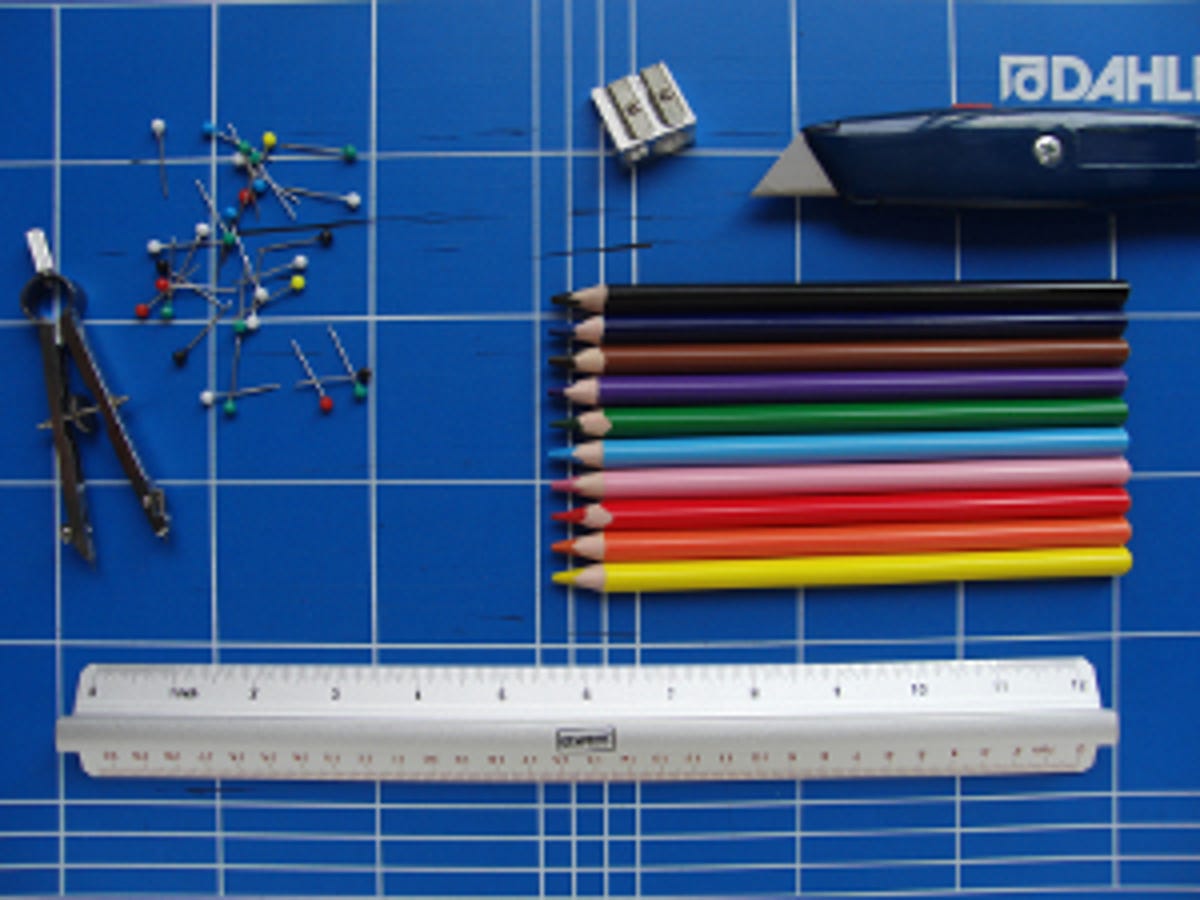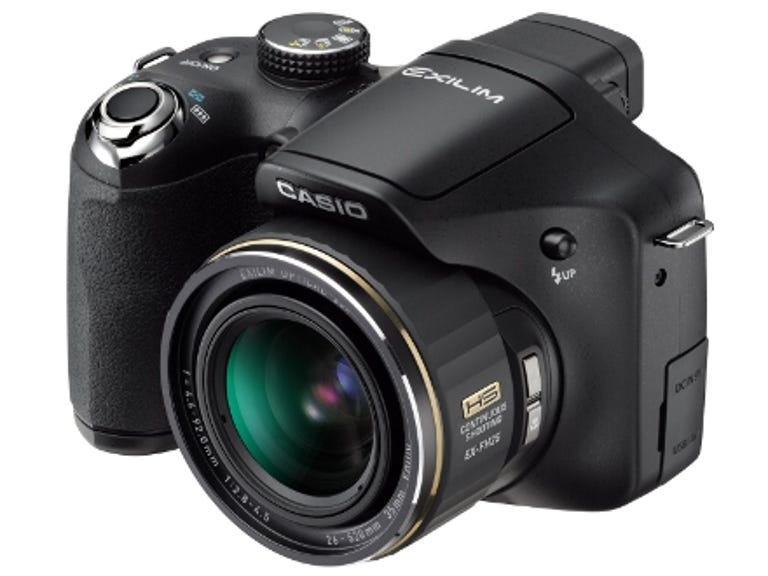 Why You Can Trust CNET
Why You Can Trust CNET Casio Exilim EX-FH25 review: Casio Exilim EX-FH25
At first glance, the 10.1-megapixel Exilim EX-FH25 superzoom doesn't look particularly great. It's expensive and its 20x zoom range is nothing to get a nosebleed over. But its high-speed shooting capability really sets this camera apart from the pack, and makes it a great choice for capturing action shots from afar
Casio's 10.1-megapixel Exilim EX-FH25 superzoom doesn't look like a particularly strong contender. Its 20x zoom range is at the bottom end of the superzoom scale, and its price tag of around £300 makes it one of the most expensive models. But the FH25's secret weapon is its high-speed continuous-shooting technology.
The Good
The Bad
The Bottom Line
Rapid-capture rapture
There are plenty of superzooms on the market, all with barely distinguishable specs and appearances. But Casio's done something different with the FH25. Its high-speed shooting technologies can capture fast-moving action. Other superzooms either don't offer high-speed continuous shooting at all, or, if they do, it's at a much lower resolution. The FH25 drops from its native 10.1-megapixel resolution to 9 megapixels -- a fairly insignificant reduction.

Let's say you're an air-show fan. The Red Arrows do a spectacular manoeuvre in which two aircraft cross just metres apart at high speed. It's exceptionally difficult to time a single shot just as they're passing each other, and it happens so quickly that, with standard continuous-shooting modes (3 frames per second, 5fps or even 8fps), there's still a good chance that the camera will miss it. That's when the FH25's 40fps shooting mode makes a real difference. The Casio's 30-frame maximum capacity means you only get a 0.75s burst at that speed, but you can trade off the 30-frame maximum against the frame rate. You could choose a 2-second burst at 15fps, for example.
The FH25 also shoots high-speed movies at variable rates and resolutions, enabling you to capture sequences that once would have required expensive and specialised professional equipment.
You get all this technology with Casio's other high-speed cameras, like the Exilim EX-FH100, for example, but the point of the FH25 is that it also has a 20x zoom lens, offering the equivalent of a 520mm telephoto. That means you can capture objects that are a long way off, which is crucial for photographing air shows, football games, motorsports, wildlife and so on.
Another issue with superzooms is the lens. Most lose a considerable amount of definition at full zoom, but not the FH25. It's not quite as sharp when you zoom right in, but it's still pretty good. That's why the comparatively modest 20x zoom range just doesn't matter -- it's plenty. Besides, it requires plenty of skill to get good shots at this kind of magnification, never mind going up to 24x, 26x or 30x.
Its high-speed shooting capability and good lens performance are enough to mark the FH25 out as one of the best superzooms on the market. If you're serious about capturing fast action, perhaps it's the only one you should consider. But it does have faults.
Vexing viewing system
The viewing system is one of them. The 76mm (3-inch) LCD display is alright, but its resolution is very average, at 230,400 pixels. Also, the electronic viewfinder is rather small and dim, and there's no eye sensor, so, if you want to swap between the display and EVF, you have to press a button, and this doesn't work if you have the menus open. The display on the back is fixed, too, whereas many rival superzooms have articulating displays.
There are also a couple of issues with the operational speed. The 3.3 second start-up time seems unusually slow, and it takes the camera around 10 seconds to clear the buffer after a 30-frame sequence -- and 12 seconds if you shoot raw files.
The 720p high-definition movie mode is weak too. The definition is alright, but the camera won't zoom or focus while you're filming, so you have to plan your clips beforehand.
Conclusion
With the Exilim EX-FH25, Casio's produced a camera that excels at capturing fast-moving action in a way that no other superzoom can. It has a decent lens that produces above-average sharpness at long range, too. There are a few faults, but none which seriously detract from the camera's overall appeal. For once, we have a relatively compact camera that can, in one respect at least, beat a digital SLR.
Edited by Charles Kloet
